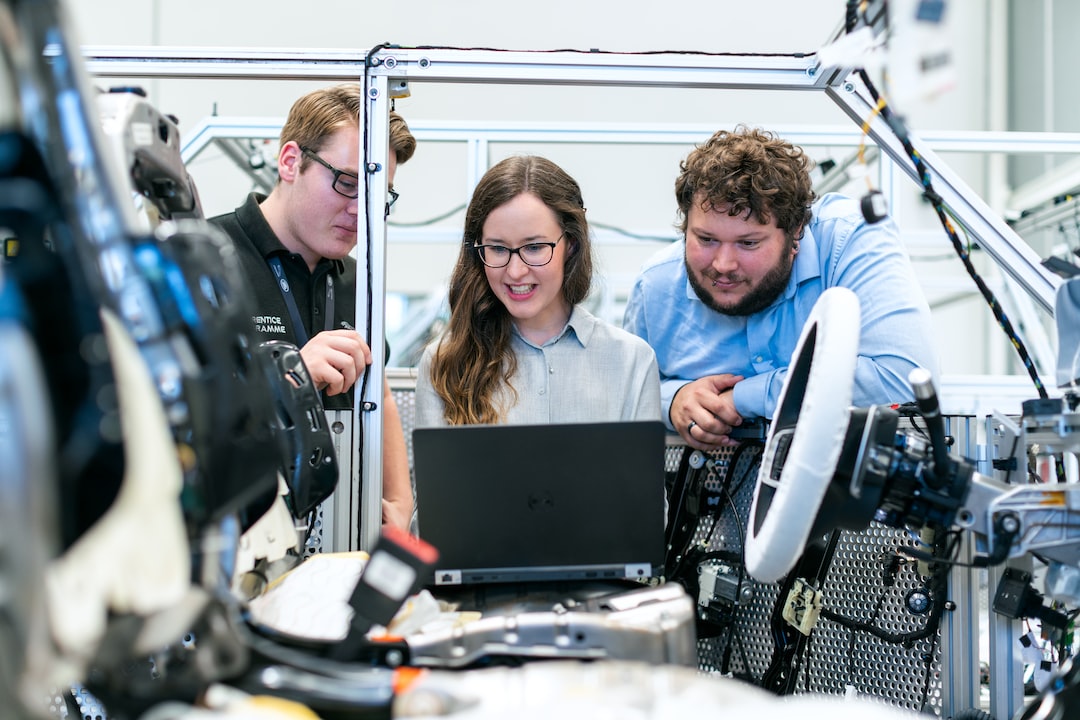
The Future of Transportation: Hyperloop and Maglev Technologies
Share0The Future of Transportation: Hyperloop and Maglev Technologies
In recent years, advancements in transportation technology have accelerated at an unprecedented rate, paving the way for a future that seemed unimaginable just a few decades ago. Two of the most promising developments in this field are Hyperloop and Maglev technologies, both of which hold the potential to revolutionize the way we travel. In this blog post, we will explore these revolutionary transportation systems and discuss their potential impact on the future of transportation.
Let’s begin with the Hyperloop, a concept first proposed by Elon Musk in 2013. The Hyperloop is a high-speed transportation system that utilizes low-pressure tubes to transport pods, or capsules, at speeds faster than airplanes. These pods are designed to levitate using magnetic repulsion, thereby reducing friction and increasing speed. The absence of air resistance inside the tube allows the pods to travel at incredible speeds, potentially reaching up to 760 miles per hour.
One of the key advantages of the Hyperloop is its ability to significantly reduce travel time. For instance, a journey from Los Angeles to San Francisco, which currently takes approximately six hours by car or an hour by plane, could be completed in a mere 30 minutes using the Hyperloop. This reduced travel time would not only enhance convenience but also help alleviate congestion on highways and at airports.
Moreover, the Hyperloop is an environmentally friendly mode of transportation. By relying on renewable energy sources such as solar panels placed along the tube, it can operate with zero carbon emissions. This sustainable aspect of the Hyperloop aligns with the growing global emphasis on combating climate change and reducing reliance on fossil fuels.
While the Hyperloop is still in its experimental phase, several companies, including Virgin Hyperloop and SpaceX, are actively involved in developing and testing its technology. In fact, successful test runs have already taken place, and several routes, such as between Dubai and Abu Dhabi, are being considered for implementation. However, challenges such as the high cost of construction and regulatory approvals need to be overcome before the Hyperloop becomes a widespread reality.
Another groundbreaking transportation technology that has gained significant attention in recent years is Maglev, short for magnetic levitation. Unlike traditional trains that rely on wheels and tracks for movement, Maglev trains float on a magnetic field, eliminating friction and allowing for incredible speed and efficiency. The absence of physical contact between the train and the track reduces wear and tear, resulting in minimal maintenance requirements and increased durability.
Maglev trains have already been implemented in countries like China and Japan, with speeds reaching up to 374 miles per hour. These high speeds are a result of the electromagnetic forces that allow the train to float and propel forward with minimal resistance. This technology has the potential to revolutionize long-distance travel by significantly reducing travel times and increasing efficiency.
The benefits of Maglev technology are not limited to speed alone. By eliminating the need for wheels and tracks, Maglev trains offer a smoother and quieter ride compared to traditional trains. This improved passenger experience makes them more attractive as a mode of transportation, further increasing their potential demand.
Despite the advantages of Maglev technology, its widespread implementation faces challenges such as high construction costs and limited infrastructure. However, countries like the United States, South Korea, and the United Kingdom have expressed interest in exploring this technology to enhance their transportation systems.
In conclusion, the future of transportation looks promising with the evolution of game-changing technologies such as the Hyperloop and Maglev. These innovative transportation systems offer unparalleled speed, efficiency, and sustainability, addressing some of the biggest challenges facing our current transportation infrastructure. While there are still hurdles to overcome and significant investment required, the potential benefits of these technologies cannot be ignored. With continued advancements and support from governments and private enterprises, we may soon witness a transportation revolution that will transform the way we travel.
